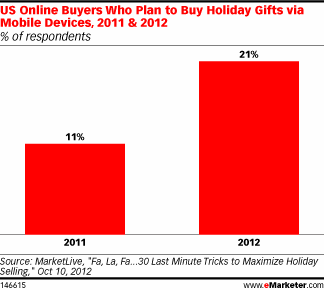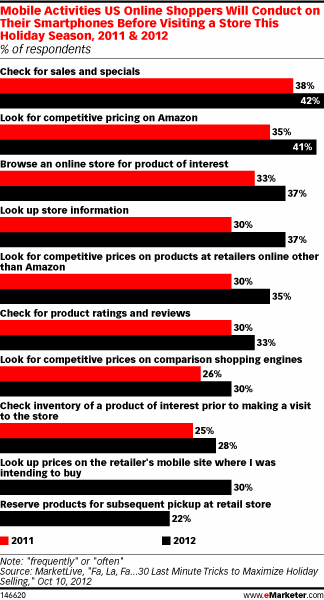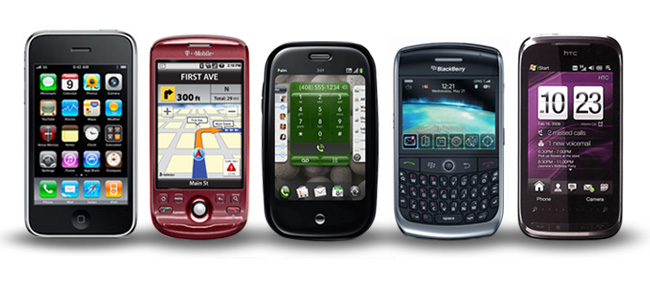It remains a hot topic for promoters on social media channels how well they integrate their ads into the social media. It isn’t a new debate marketers have faced before but as online channels become significantly more popular, some customers feel deceived when they learned the content they were learning was actually an advertisement. Based on recent research, customers were most outraged when a sponsored video appeared to look like the content they were seeking. While it does draw some concerns, marketers and customers remain at odds on what advertisements actually work. On Facebook, customers have sometimes been mislead by sponsored stories and on Twitter, some customers don’t realize the difference between promoted tweets. Recently, Facebook has stepped up the effort by enabling an option to pay money to have your own post appear higher on the news feed.
On the other side, marketers find integrating ads seamlessly into the online environment is an effective way of reaching out to the customer. Many events hosted in Facebook seem to be popular method of integrated advertising as well as targeted post advertisements.A recent report showed 20% of Facebook marketers favored sponsored stories as a way to reach customers.
Personally, I feel that customers believe social media is more private and that advertising in general is already perceived as a negative.what makes online social media ads different than say a magazine with a sponsored story? Social Media is still in its infancy and many are still used to other forms of ads like TV commercials. Customers may feel unprepared for being personally bombarded with the precision of demographic targeted ads. I feel marketers have every right to try to make their ads appeal to the right customers. The increasing trend towards transparency and managing data that has restricted people ability to handle privacy and the blurring of the lines creates confusion on this particular channel.When you sign up a social media account, you are placing you own information, it is almost expected that you will be bombarded with ads since you are joining a free service. While it is certainly tense moment for this time period, the next generation of people may not care as much about these privacy concerns as they will grow up and become desensitized to these ads.














